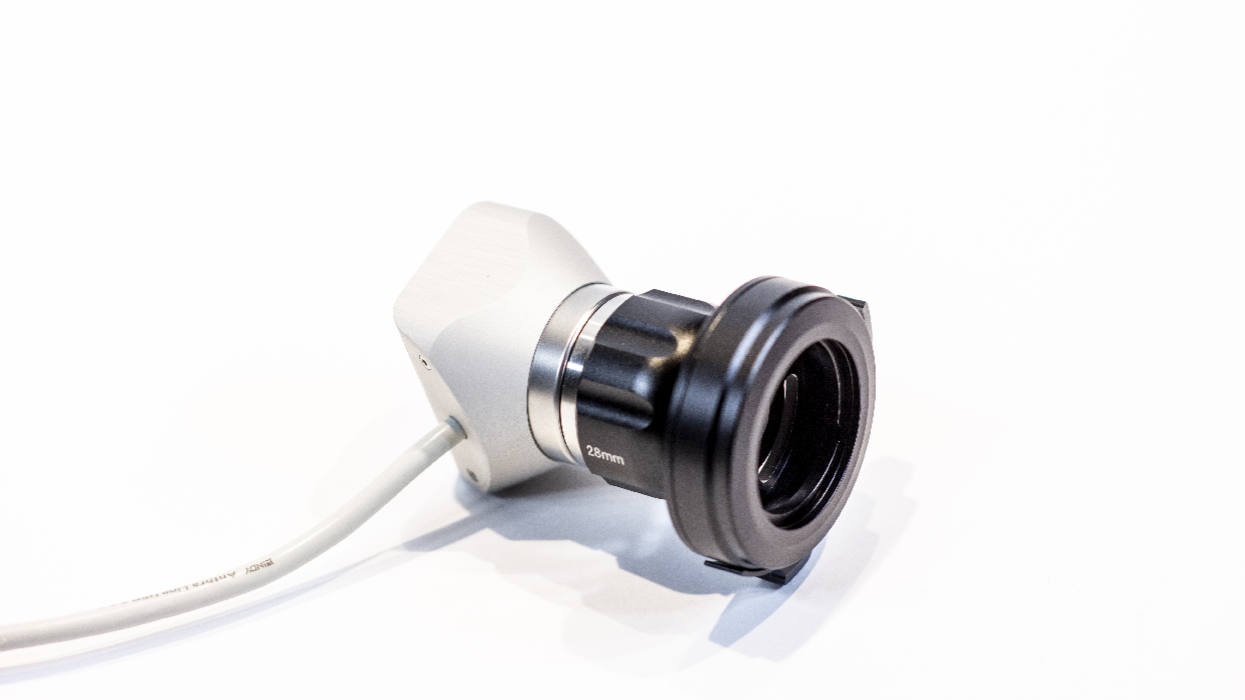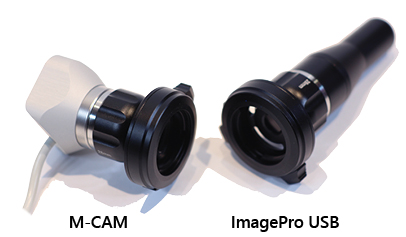Every equipment has ins and outs that make it work to the best of its abilities. That’s why we want to have an ongoing blog post about new tips and tricks to help you keep your PatCom equipment working and running smoothly

We will be adding to this blog post regularly with new information to help you utilize your equipment and software to its fullest capabilities. Check back in for added tips and tricks.
Attaching the light torch:
Once the battery is properly inserted into the capsule, it is time to attach the light torch to the endoscope. The light torch twists to the right side of the endoscope. It is crucial that the light torch is not tightened too tight! We recommend utilizing two fingers to twist. While twisting, once resistance is met, STOP! A tight seal is not required for the light torch to work properly. By only securing the light torch to the point of resistance, this allows the metal room to expand as it warms during use. Following the study, turn the light off and allow to cool for some time before removing.

Battery life:
Our two-port battery charger is meant for portability and efficiency. If you feel your batteries are losing their life even after they are fully charged, we have a solution for you. As soon as the batteries are fully charged, remove them from the charging port. If you leave your batteries in the charger while transporting to your next FEES study, some of the battery charge can be drained in transit.

By removing the fully charged batteries from the charger, this prevents drainage. If you feel like two batteries just isn’t enough for you and your practice, reach out to us and we can give you resources to access a four bay charger with a digital reading of each battery’s voltage.
MCAM cable wrapping:
Taking care of your equipment is important for longevity and reduction of maintenance costs. We have a tip for wrapping your MCAM cable to ensure safe-keeping and durability. Click here to view our Clinical Specialist demonstrating the proper way to wrap the MCAM before placing into the Pelican case.

Focusing your camera:
When using a fiberoptic endoscope, it is important to focus accurately to ensure optimal image quality. When focusing, utilize the focus knob on the camera located posteriorly from the lens.

When focusing, we recommend locating the “honeycomb” appearance which outlines each fiber bundle in the endoscope. Once at the “honeycomb” appearance, turn the focus knob slightly until the honey comb appearance fades. The ideal focus is right when the honeycomb lines fade out of view. If you have any questions about focusing appropriately, reach out to one of our Clinical Specialists for assistance.
